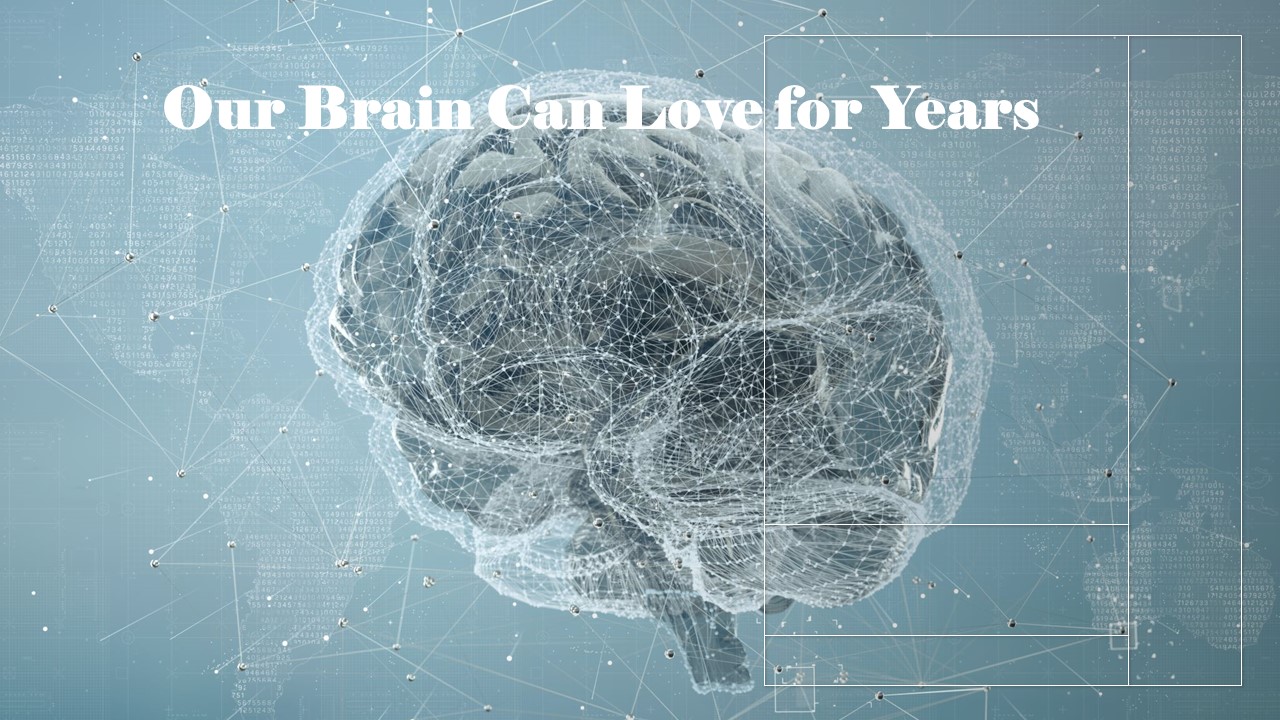People have a very basic need for love, which affects both their bodies and minds. We need to love someone and be loved by someone. People from different cultures and situations may experience and show love in different ways. However, their basic human need for love is still the same everywhere (Karandashev, 2019).
Love is a feeling and an expression of emotion that arises from the activation of specific neurological and physiological processes in the human body and brain. Throughout biological evolution, our mammalian ancestors have developed these biological mechanisms for the capacity and necessity of love (Karandashev, 2022).
In other articles, I talked about how our brain evolves its ability to love and how the human brain works when we fall in love.
Brain in Love
In the last two decades, researchers have conducted numerous studies on the neurophysiological processes that underpin our feelings of love. Brain imaging techniques have proven to be a valuable tool for studying human cerebral functions related to love and romance.
Neuroimaging studies have revealed what occurs in their brains and bodies in the early stages of romantic love when we are falling in love. As a couple progresses from the initial euphoria of affection to a state of deeper commitment, the activation regions of the brain undergo expansion.
How the Brain Works After Partners Marry
Researchers discovered that when newly married couples viewed images of their long-term partner, certain regions of the brain’s basal ganglia were activated.
As Lucy Brown, a neuroscientist from Einstein College of Medicine in New York, commented,
“This is an area of the brain heavily involved in promoting attachment, giving humans and other mammals the ability to stick it out even when things aren’t going quite so well.”
People may show the patterns of brain activation corresponding to romantic love for many years after marriage. For example, long-term married partners who have been together for 20 years or more exhibited neural activity in regions of the brain that are rich in dopamine and associated with reward and motivation. This finding aligns with previous studies on the early stages of romantic love.
In the study of neural correlates of long-term intense romantic love, participants exhibited greater neural activity in the ventral tegmental area (VTA) when they perceived the pictures of their long-term spouse compared to the images of a close friend or a highly familiar acquaintance. The study also revealed common neural activity in several regions that are frequently activated during maternal attachment, such as the frontal, limbic, and basal ganglia.
As Stephanie Cacioppo, a professor from the University of Chicago, and her colleagues found, long-term love also increases activation in more cognitive areas of the brain. Among those are the angular gyrus, which is associated with complex language functions, and the mirror neuron system, which helps us anticipate the actions of a loved one.
According to Cacioppo, this is the rationale behind the evidence that partners seamlessly navigate a tiny kitchen while cooking together or can finish each other’s sentences.
“People in love have this symbiotic, synergistic connection thanks to the mirror neuron system, and that’s why we often say some couples are better together than the sum of their parts. Love makes us sharper and more creative thinkers,”
Stephanie Cacioppo commented
